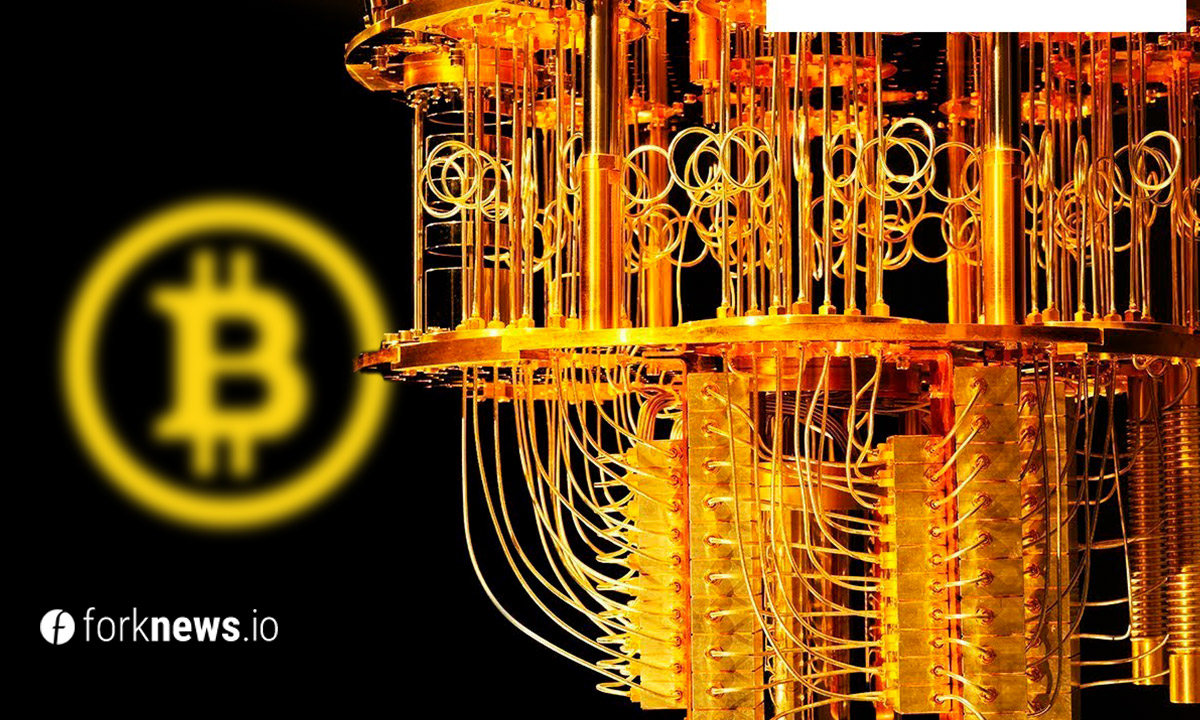
Fear of quantum computing is growing in the crypto community. Many are confident that the development of quantumcomputing will lead to the vulnerability and disappearance of cryptocurrencies and blockchains.
The threat to blockchains comes from powerful quantumcomputers that can easily break the encryption that protects them. Let's figure out whether ideas about “quantum supremacy” spell the death of cryptocurrencies? The answer is simple: no.
Quantum and classical computing
Classical computing – these are the onesthe computers we are used to, a continuation of Turing's theory of computation – laptops or mobile phones. Classical computing relies heavily on manipulation of physical bits – the famous zeros and ones.
Quantum computing relies on qubits –bits that are stored in superposition and use quantum principles to perform calculations. Information captured or generated by a quantum system benefits from the ability of qubits to be in more than one physical state at the same time (superposition), but when the state of the system is fixed, the information decays.
Important point – quantum computers are notalways better than classic computers. When people talk about "quantum supremacy", including Google's GOOG reports, they are talking about how a quantum computer can perform a certain task better than classical computers, perhaps. Such tasks cannot be completed in a reasonable time using classical computers.
A quantum computer has to do better with some minute and trivial task that may seem impressive but completely useless.
Quantum computers and cryptography
Let's try to look at how quantum computers pose an existential threat to currently used asymmetric cryptography.
In asymmetric cryptography, the pair of closed andpublic keys are created in such a way that there is a mathematical relationship between the two keys. As the name suggests, the private key is kept secret and the public key is public. This allows users to create a digital signature (using their private key) that can be verified by anyone with the corresponding public key. This scheme is very common in the financial industry to verify the authenticity and integrity of transactions.
The security of asymmetric cryptography is based onbased on a mathematical principle called a "one-way function". This principle states that a public key can be easily derived from a private key, but not vice versa. All known (classical) algorithms for obtaining a private key from a public key require an astronomical amount of time to perform such calculations and are therefore impractical. However, in 1994, mathematician Peter Shor published a quantum algorithm that revolutionized the security of asymmetric cryptography.
Anyone with a large enough quantuma computer can use this algorithm to obtain a private key from a corresponding public key and thus forge any digital signature.
This type of hacking can be subject to andcrypto-wallets. A 64-character private key could hypothetically be hacked by a powerful quantum computer; however, even with a large enough quantum computer, you still need access to the public key to attack the private key.
However, if a rogue minerusing a quantum computer will try to create an invalid block, honest miners will ignore its block and continue to build on top of the most recent valid block. Therefore, writing a non-existent transaction is unlikely.
Quantum computers and encryption
Another threat to Bitcoin – algorithmShor, who can divide large prime numbers into two smaller ones. This is a very useful property for breaking encryption, since the RSA family of encryption depends on factoring large prime numbers in this way. Shor's algorithm theoretically works with a large enough quantum computer, and so the practical problem is that eventually Shor's algorithm could come into play and break RSA encryption.
Against this background National InstituteUS Standards and Technology (NIST) has already begun collecting proposals for post-quantum cryptography, encryption that will work and will not be broken even on much larger quantum computers than today's. They estimate that within the next twenty years there will potentially be quantum computers large enough to undermine classical encryption.
However, even an efficient implementation of Shor's algorithm may not violate some of the cryptography standards used in the Bitcoin blockchain. SHA-256 is considered a quantum-resistant standard.
Most efficient theoretical implementationquantum computer for detecting SHA-256 vulnerability is actually less efficient than the theoretical classical implementation for breaking the standard. The wallet file in the original Bitcoin client uses SHA-512 (a more secure version than SHA-256) to encrypt private keys.
Quantum computers and mining
Another area of attack could be the algorithmGrover, who can exponentially speed up mining with a large enough quantum computer – although it is likely that the ASICs that are primarily used for Bitcoin mining are much faster compared to the earliest versions of more complete quantum computers.
However, the possibility of fast mining withA sudden quantum acceleration could lead to price destabilization and, more importantly, a loss of control over the blockchain. Unexpected quantum acceleration could, if hidden, lead to widespread centralization of mining and possible 51% attacks.
However, the most probable version of quantumfuture – this is the large-scale adoption of quantum devices like traditional equipment. This has already happened when miners switched from GPUs to FGPAs and ASICs – slow economic transition to better tools.
It is quite possible that in the future there may also appearnew methods of attacking Bitcoin, but planning for post-quantum encryption is already in progress – and through the forking mechanism, cryptocurrencies can be updated to use post-quantum encryption standards and protect against these flaws.
Bitcoin and even other cryptocurrencies are full ofexamples of hardware and software changes that needed to be made to make the network more secure and performant, and modern security techniques can help prepare for the quantum future.
Thus, quantum computers addedto this mix, will not suddenly make classical encryption methods useless or trivial to mine – "quantum supremacy" does not mean that Bitcoin's encryption or security is at risk right now.
The real threat is that quantumcomputers will become much larger than they are now – At this point, planning for post-quantum encryption, which is already well underway, will come to the fore.
Subscribe to ForkNews on Telegram to stay up to date with the latest news from the world of cryptocurrencies





